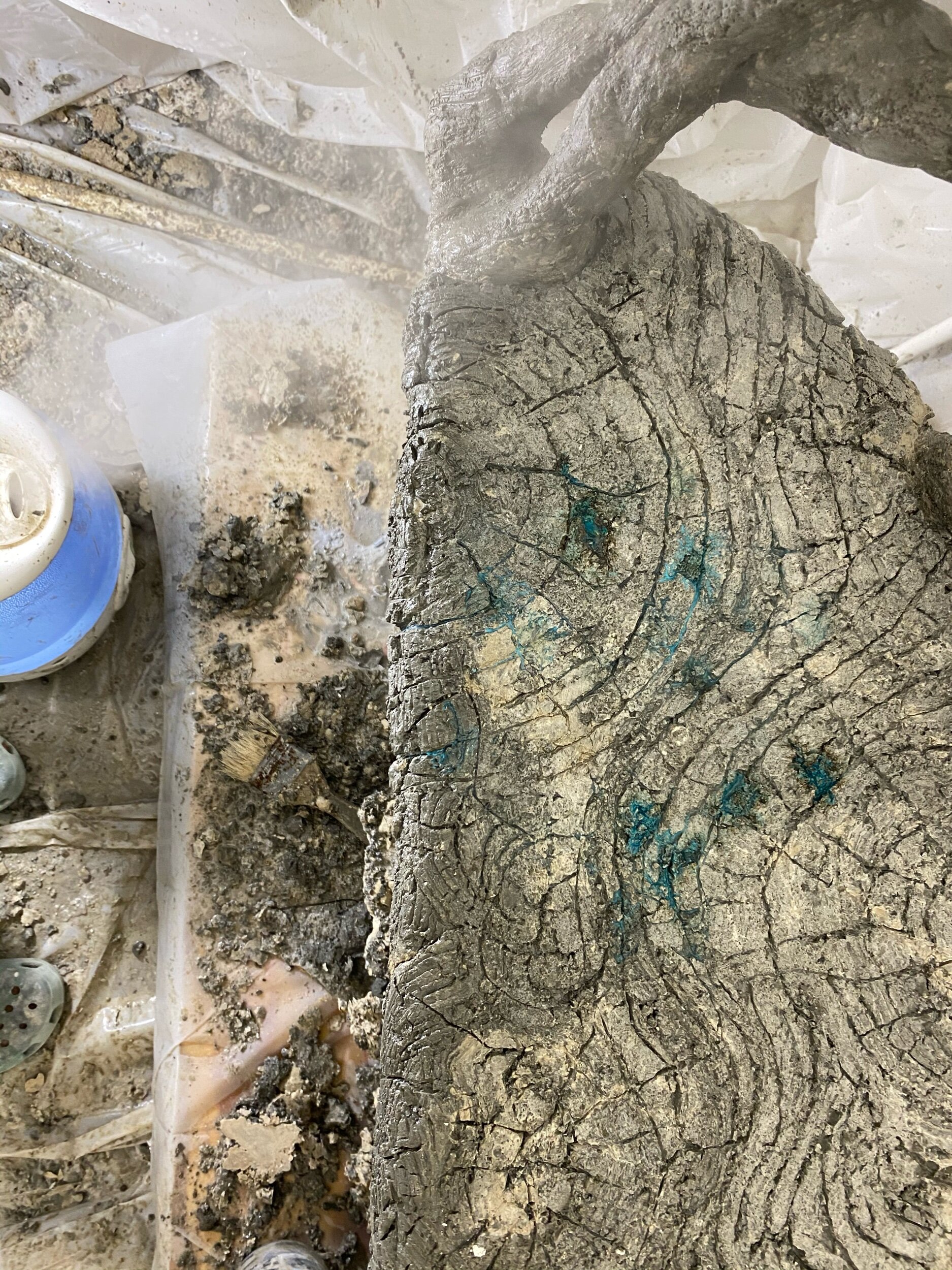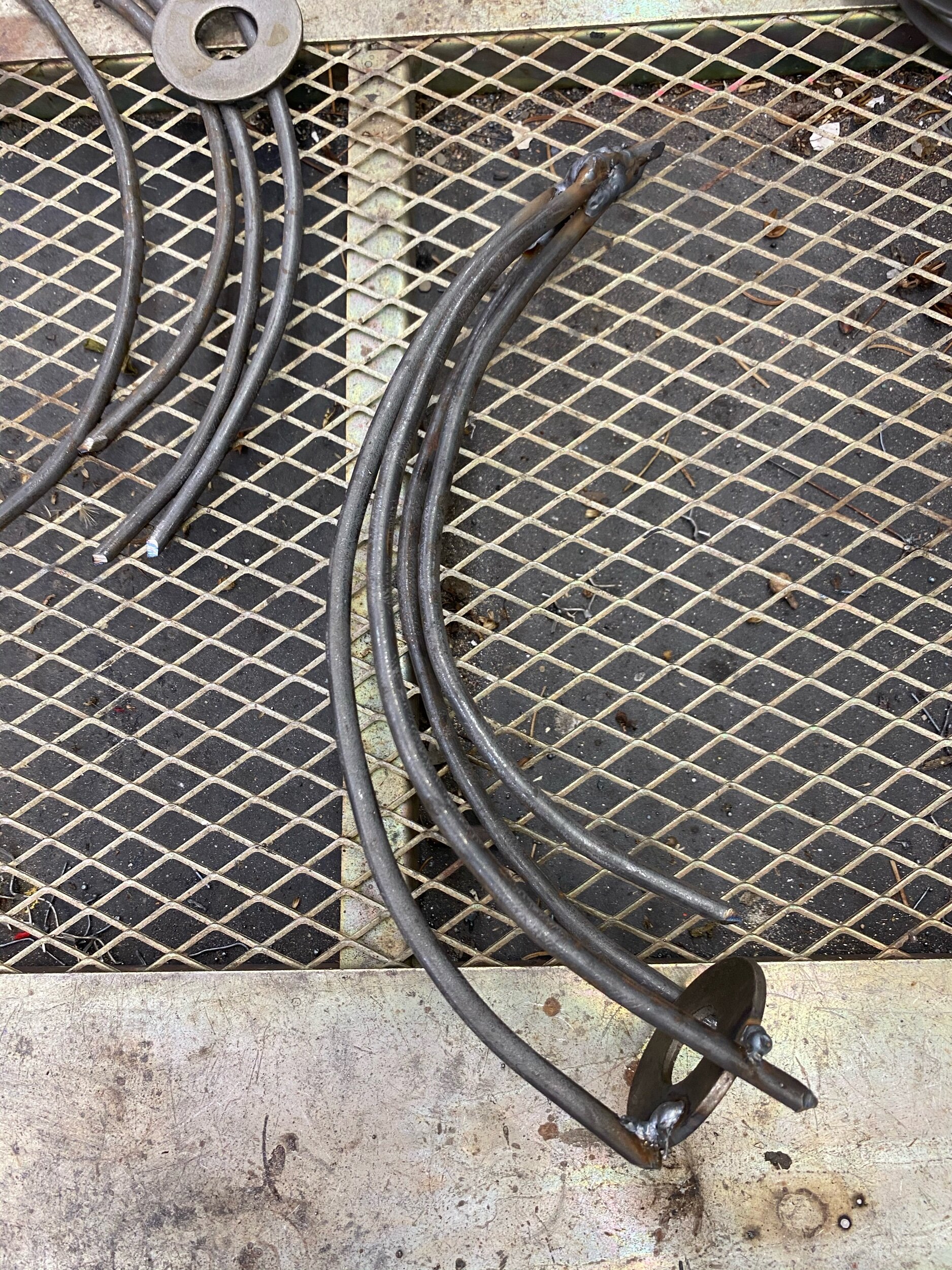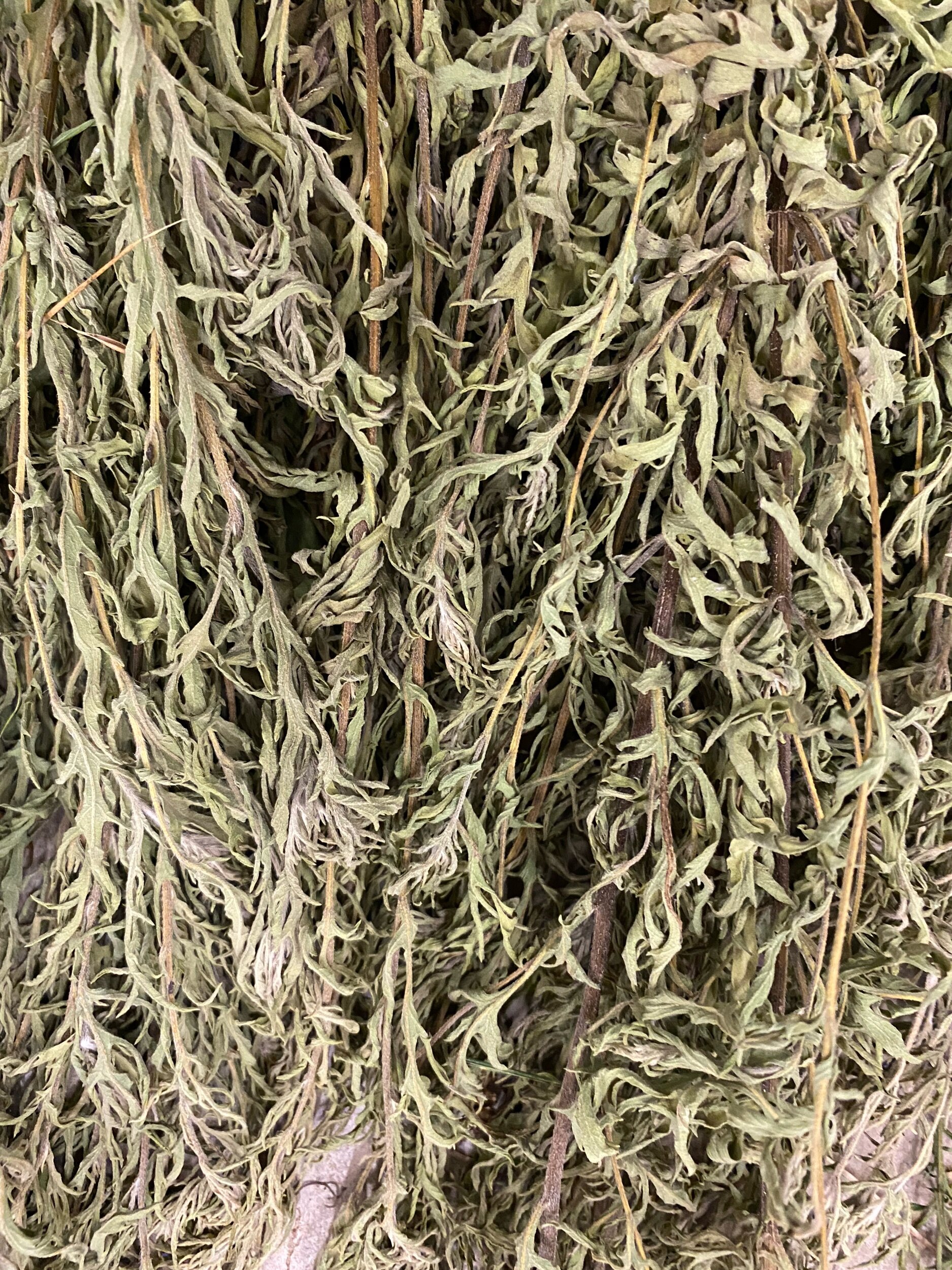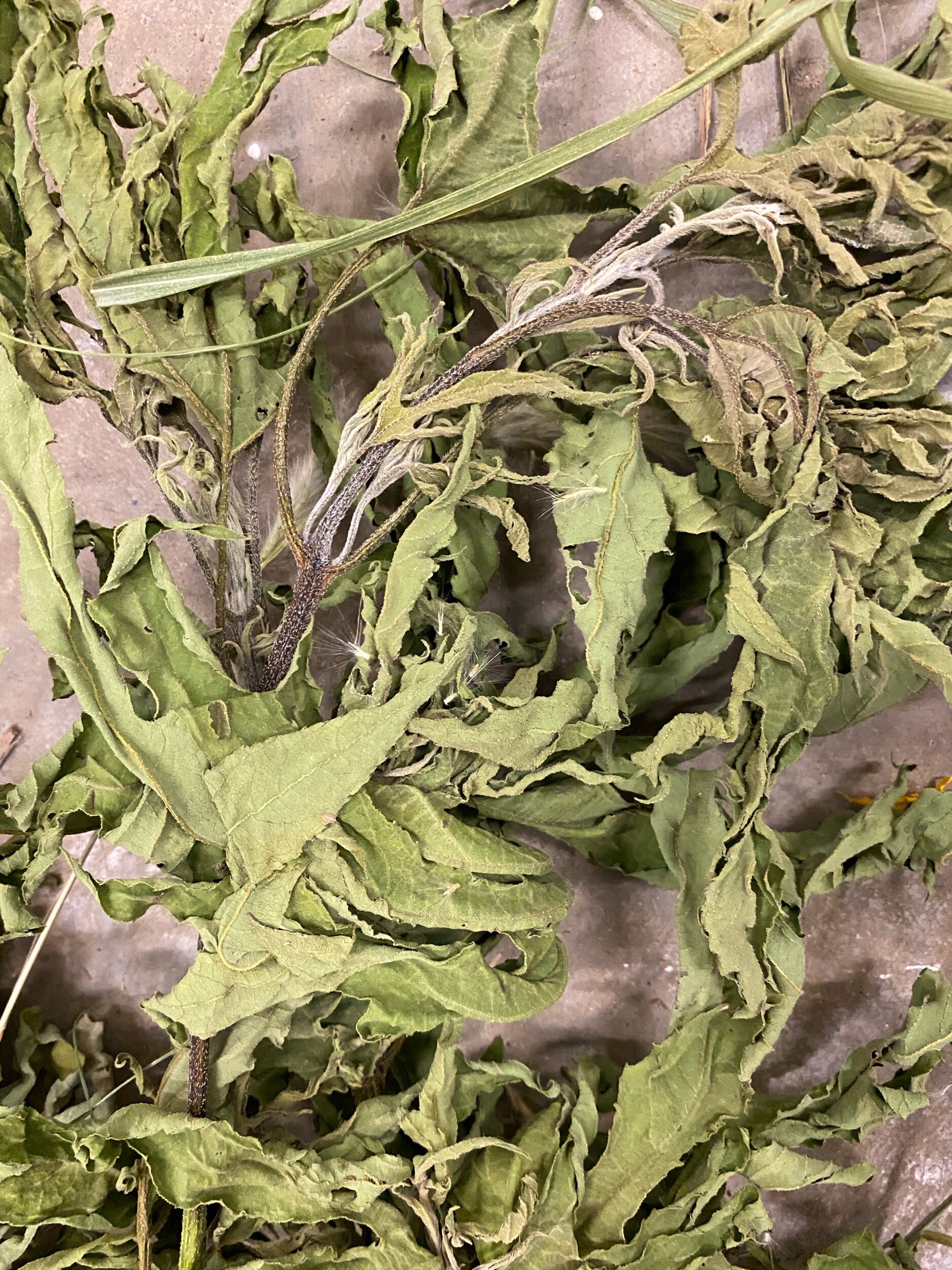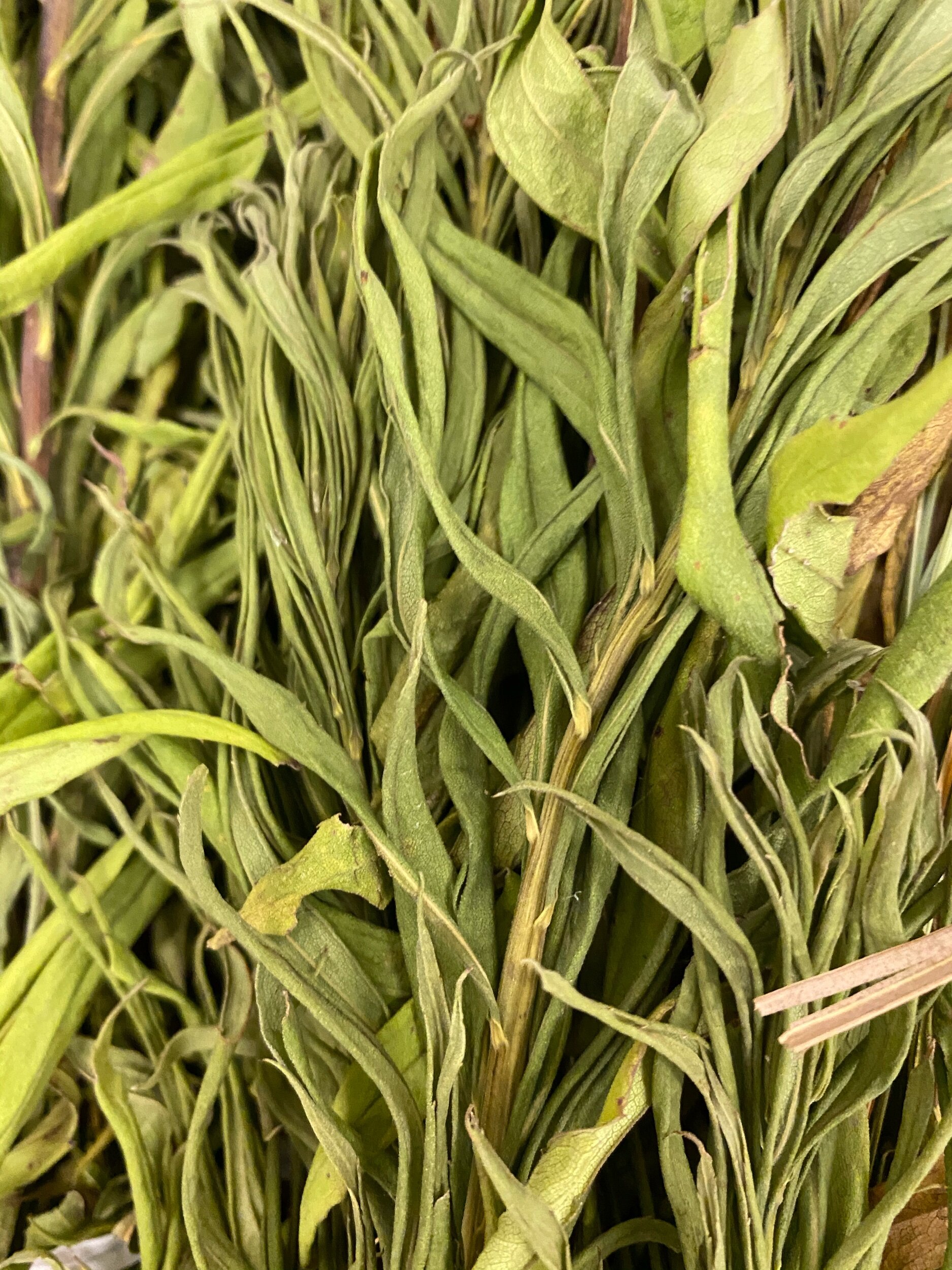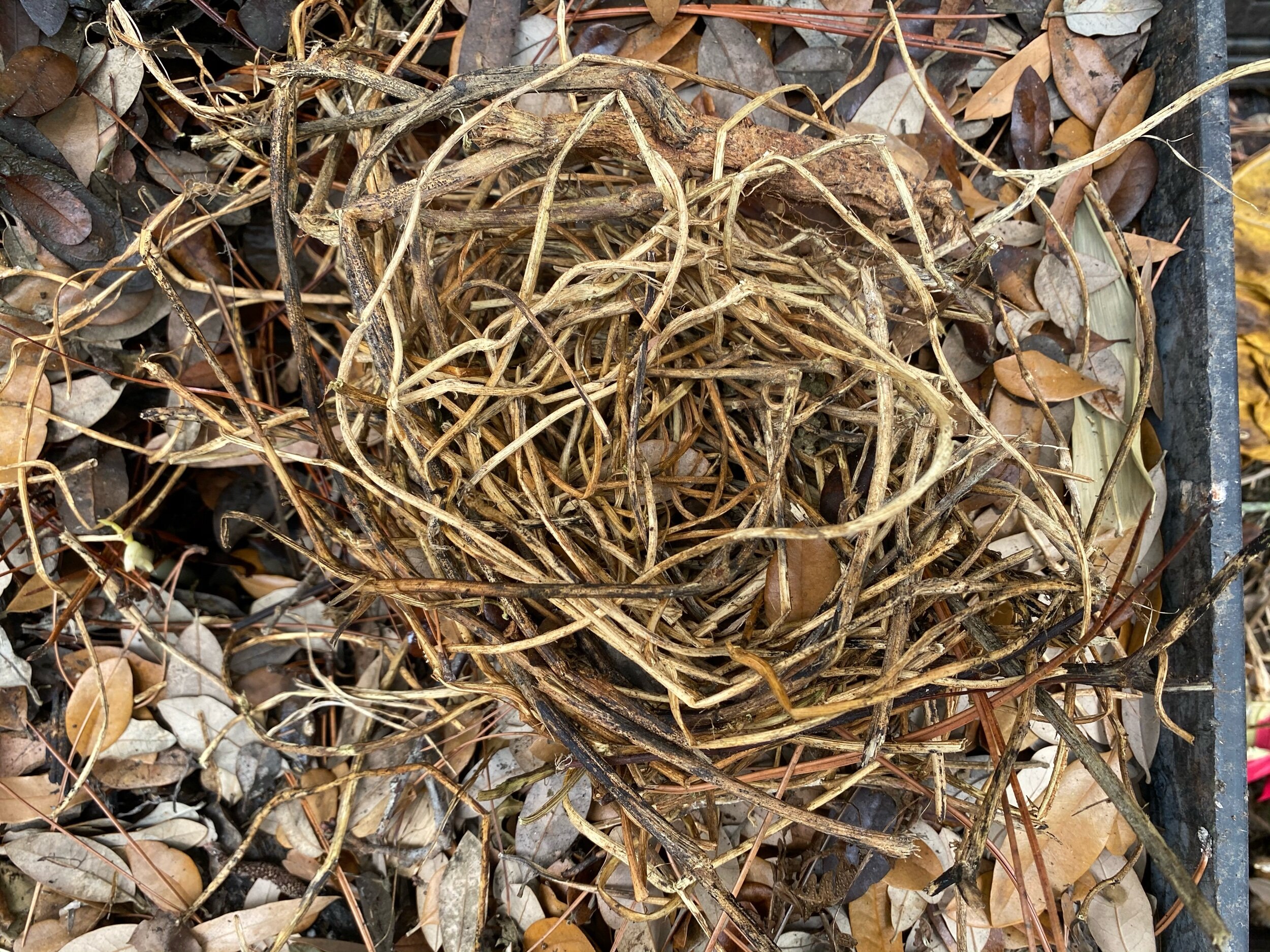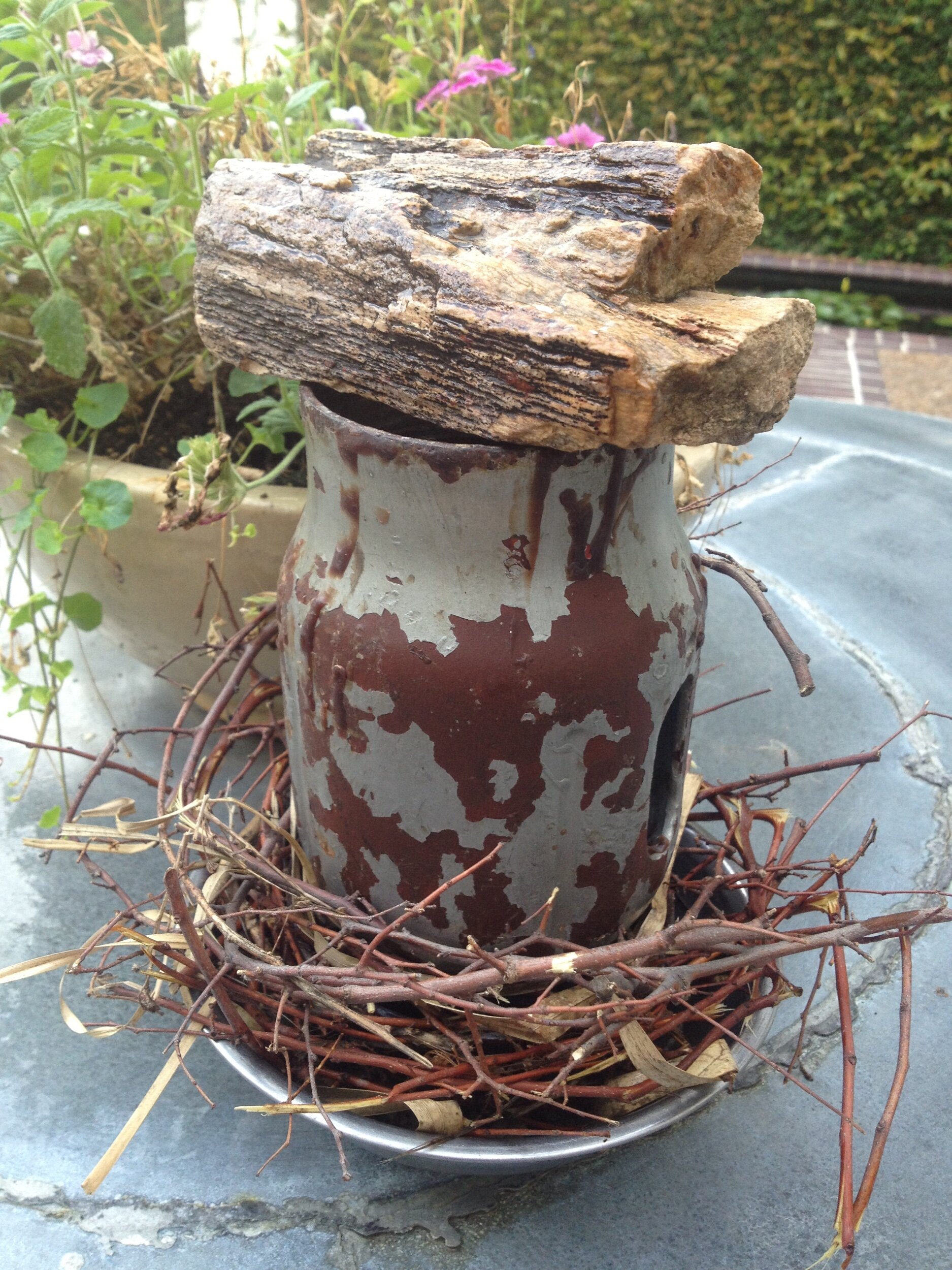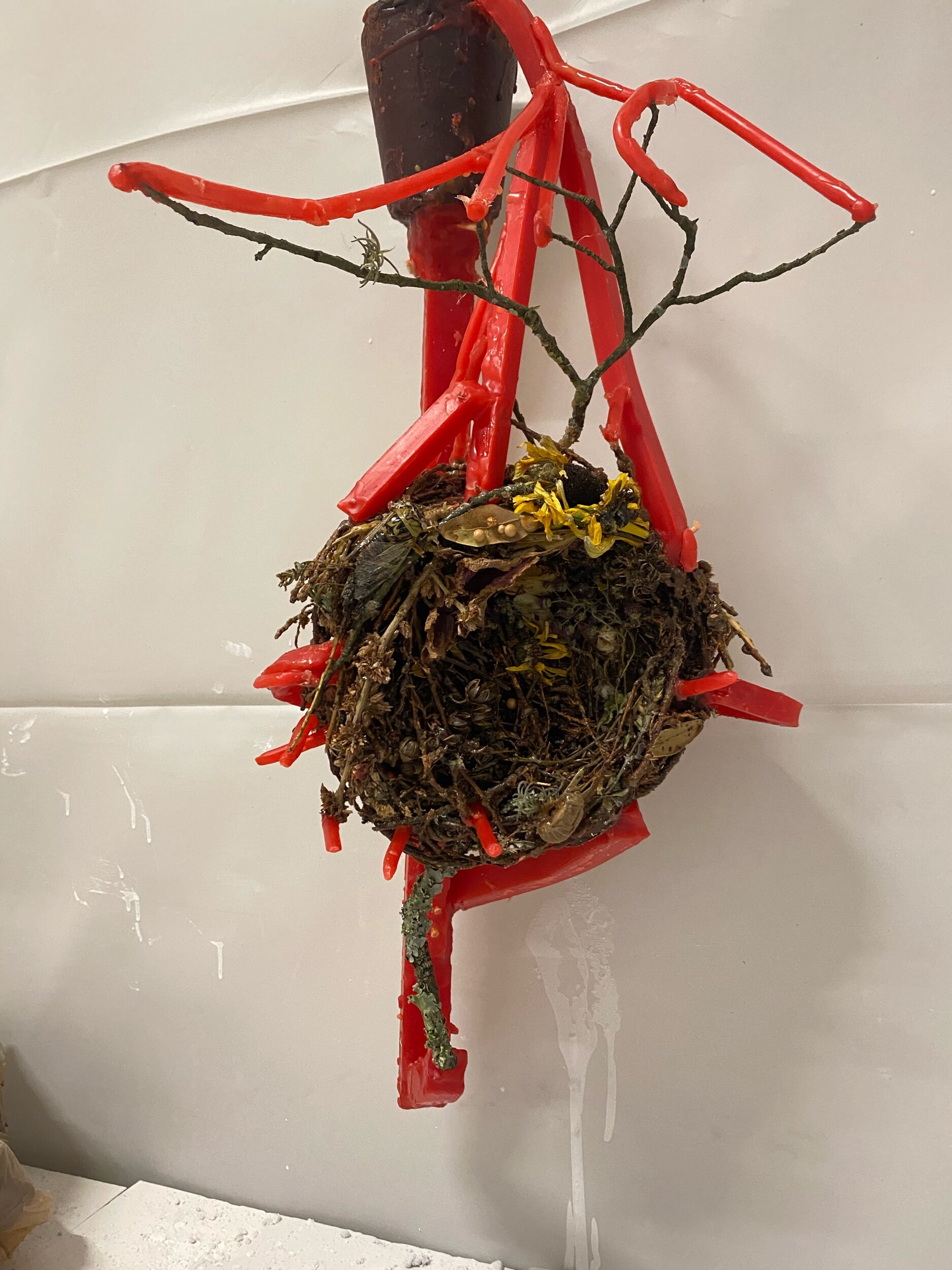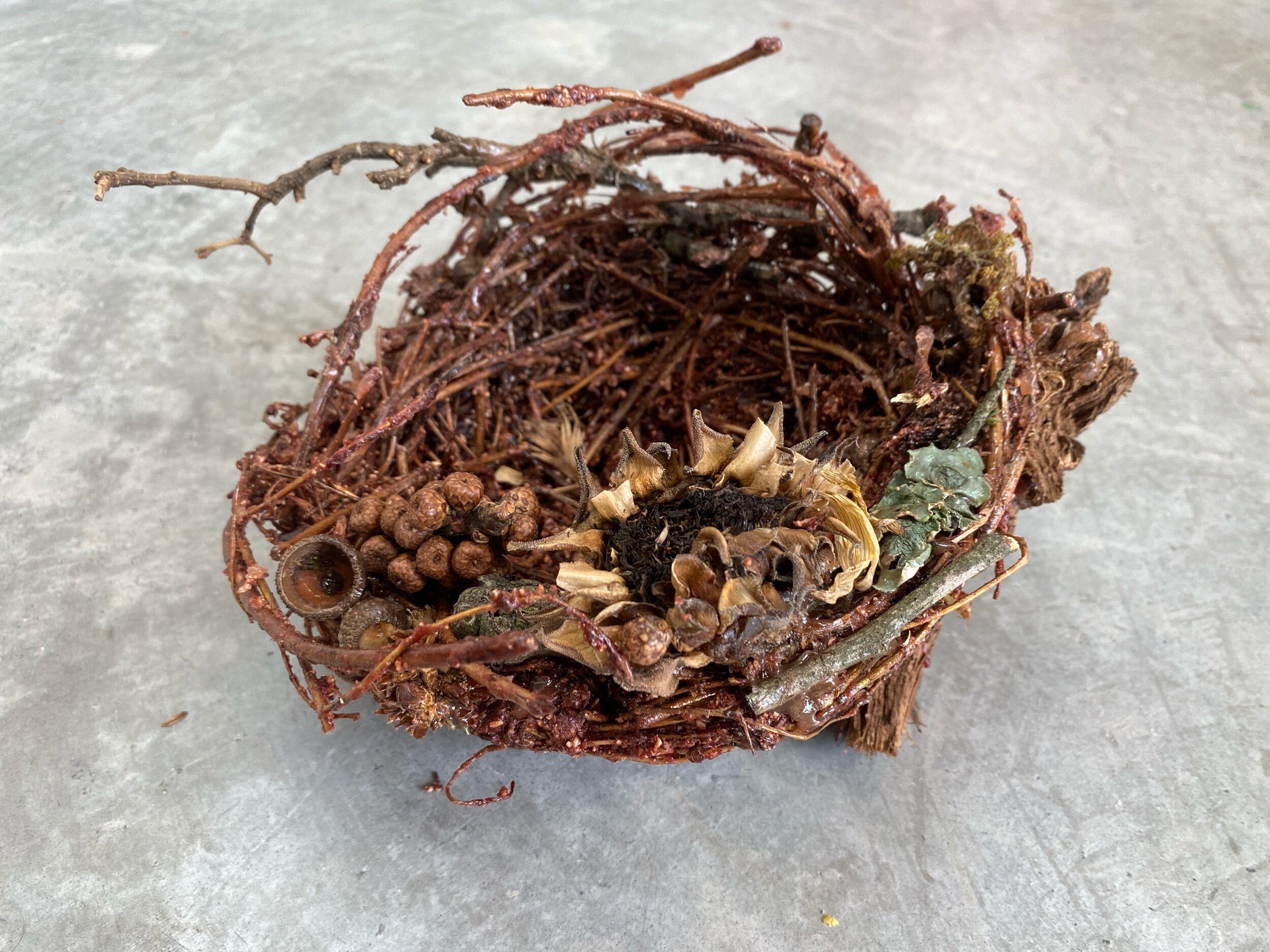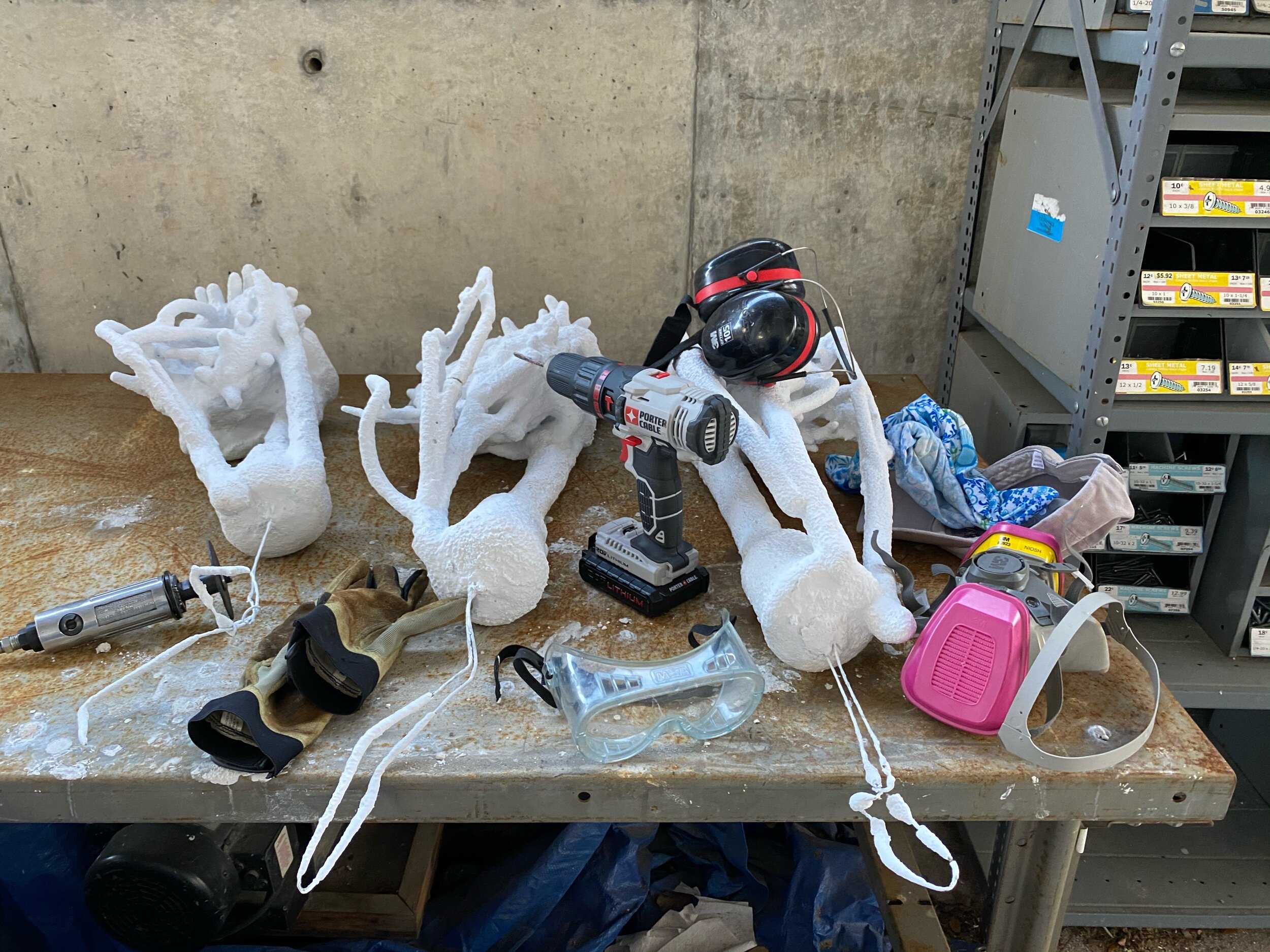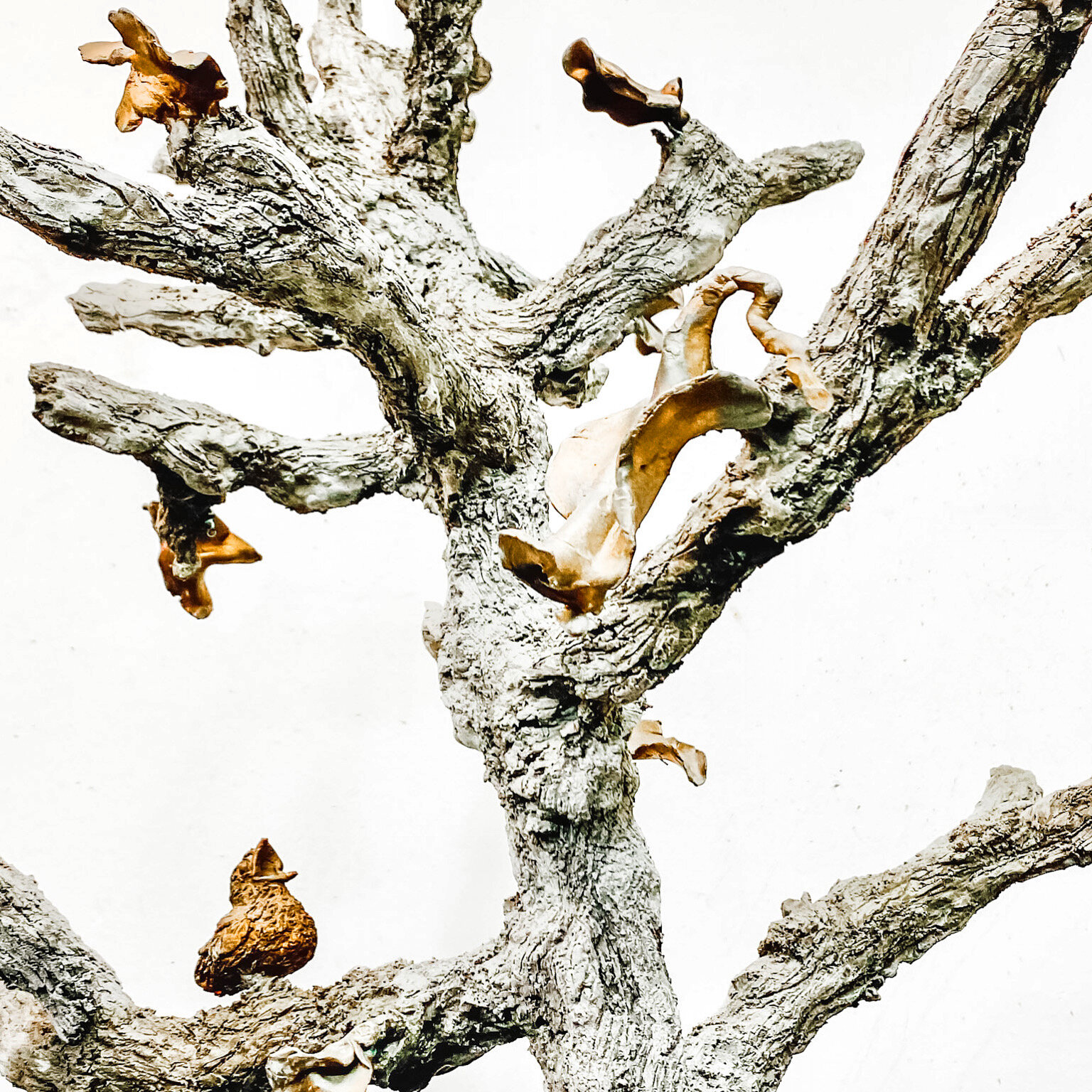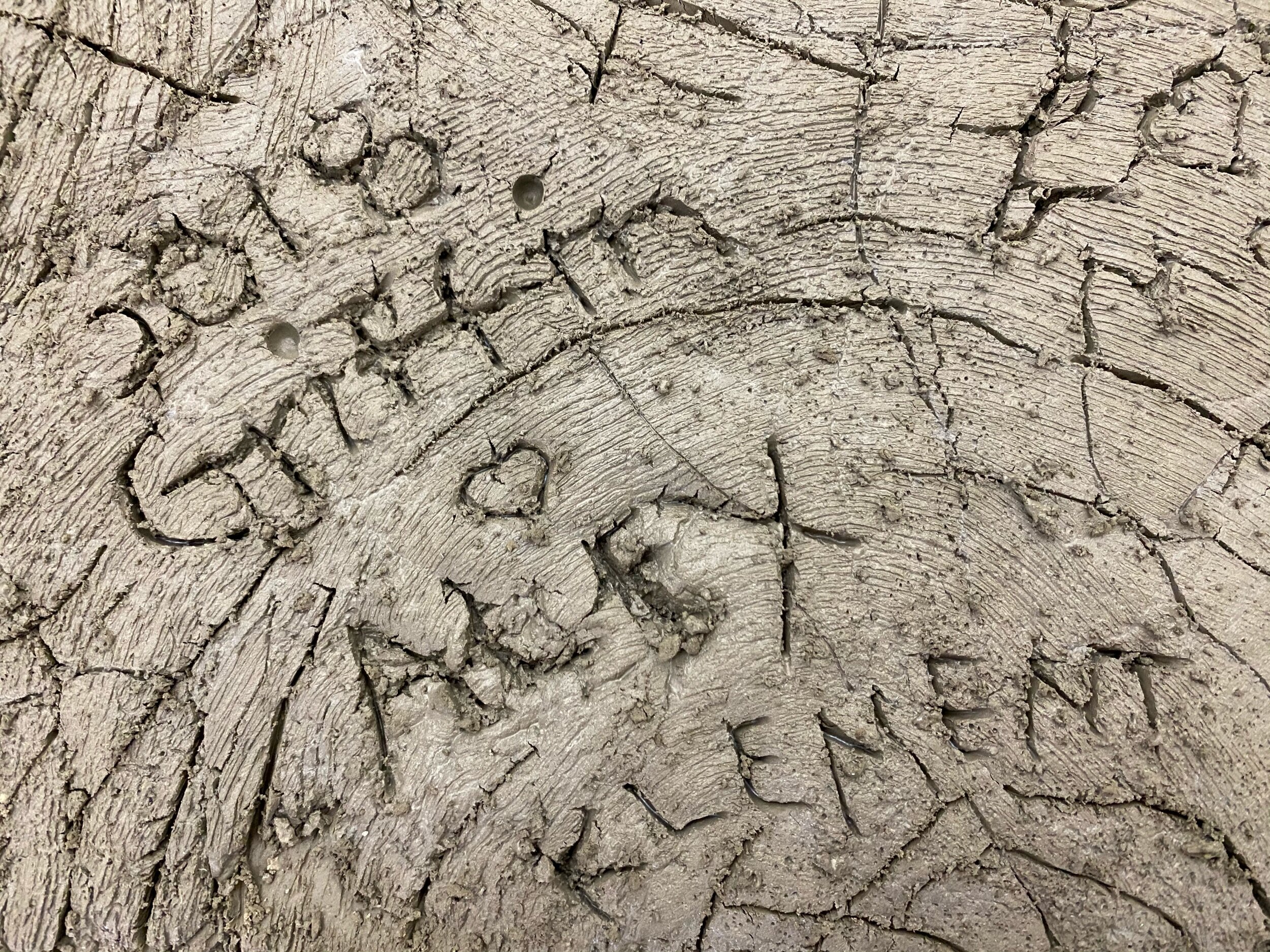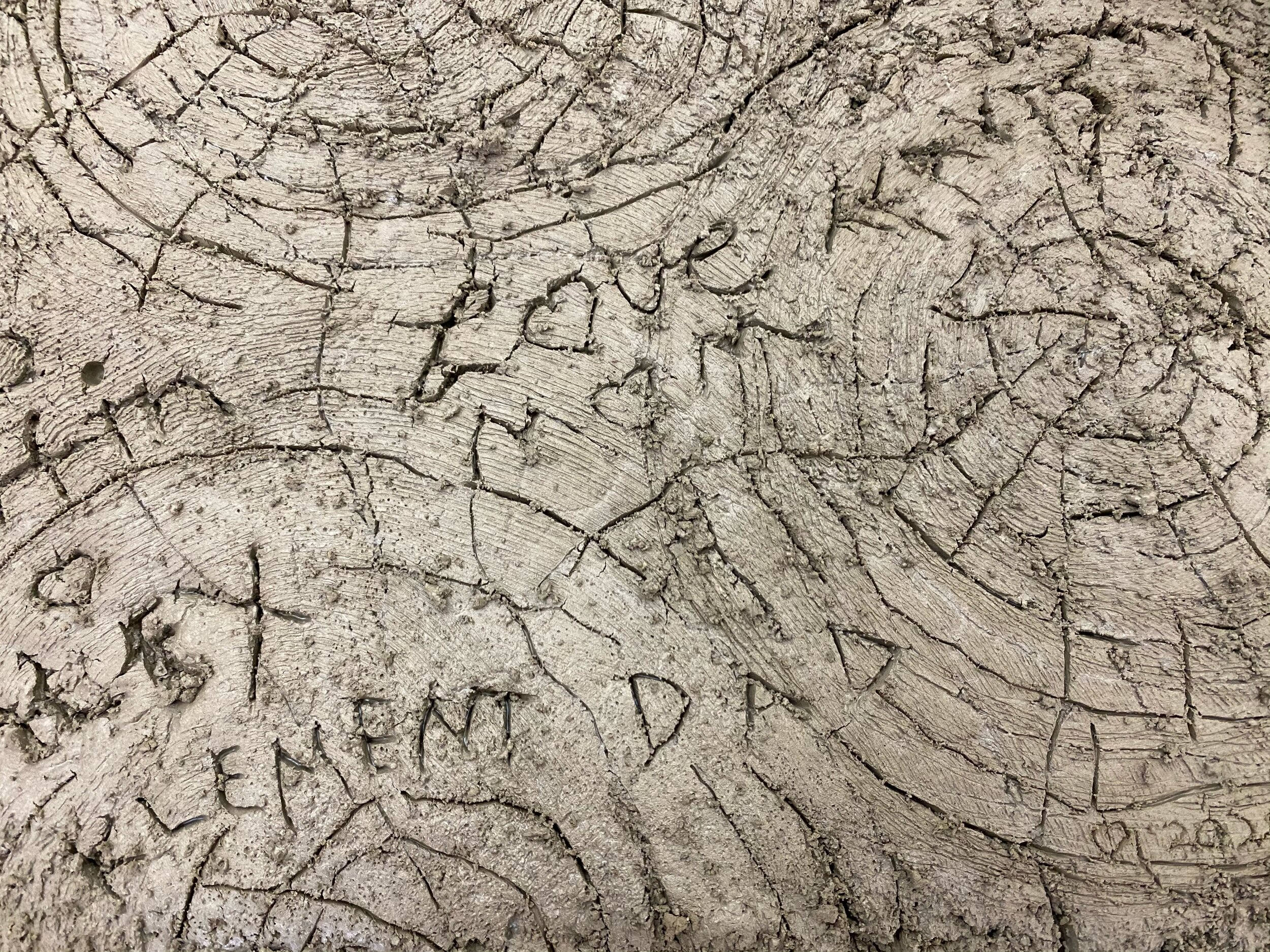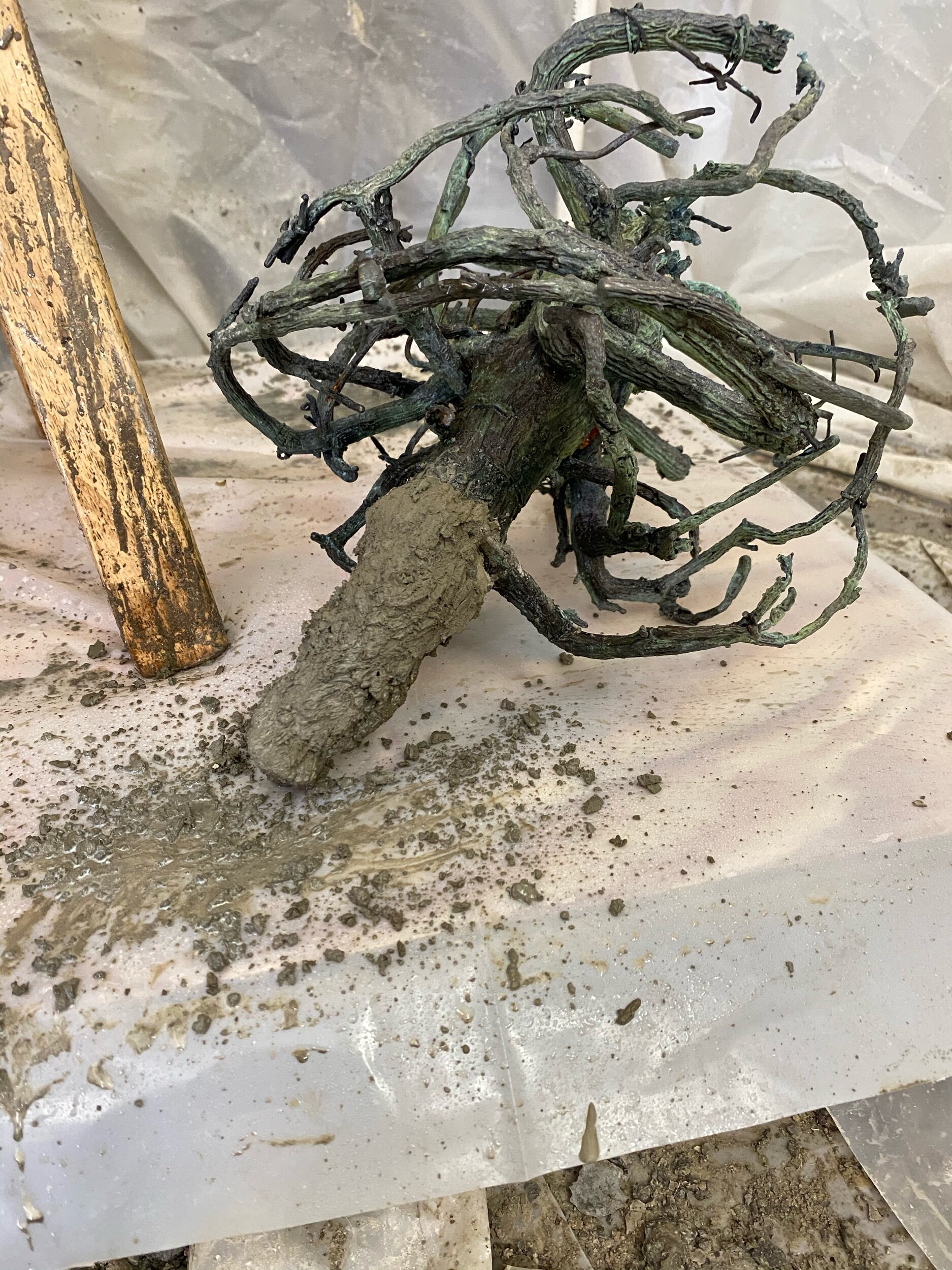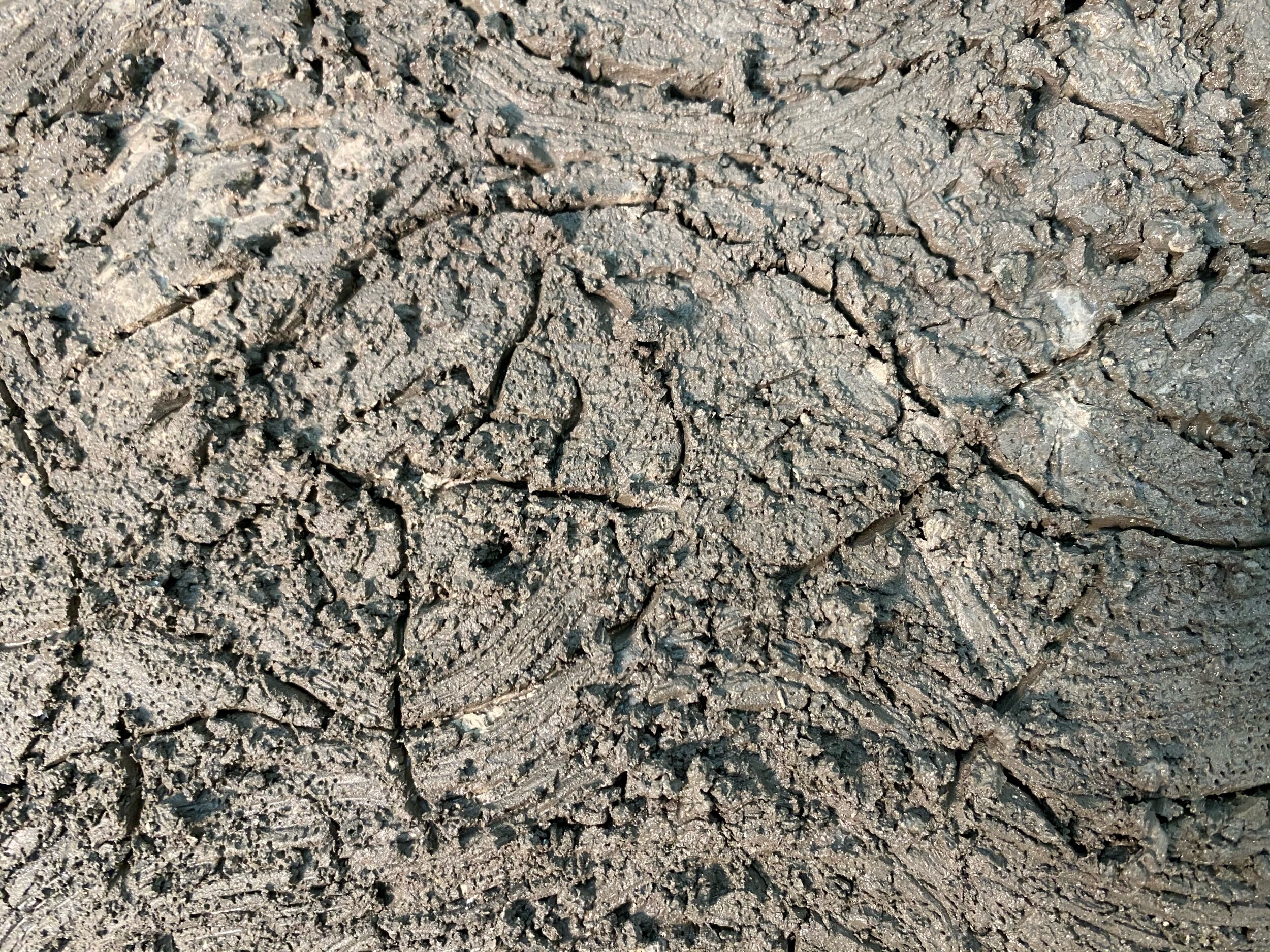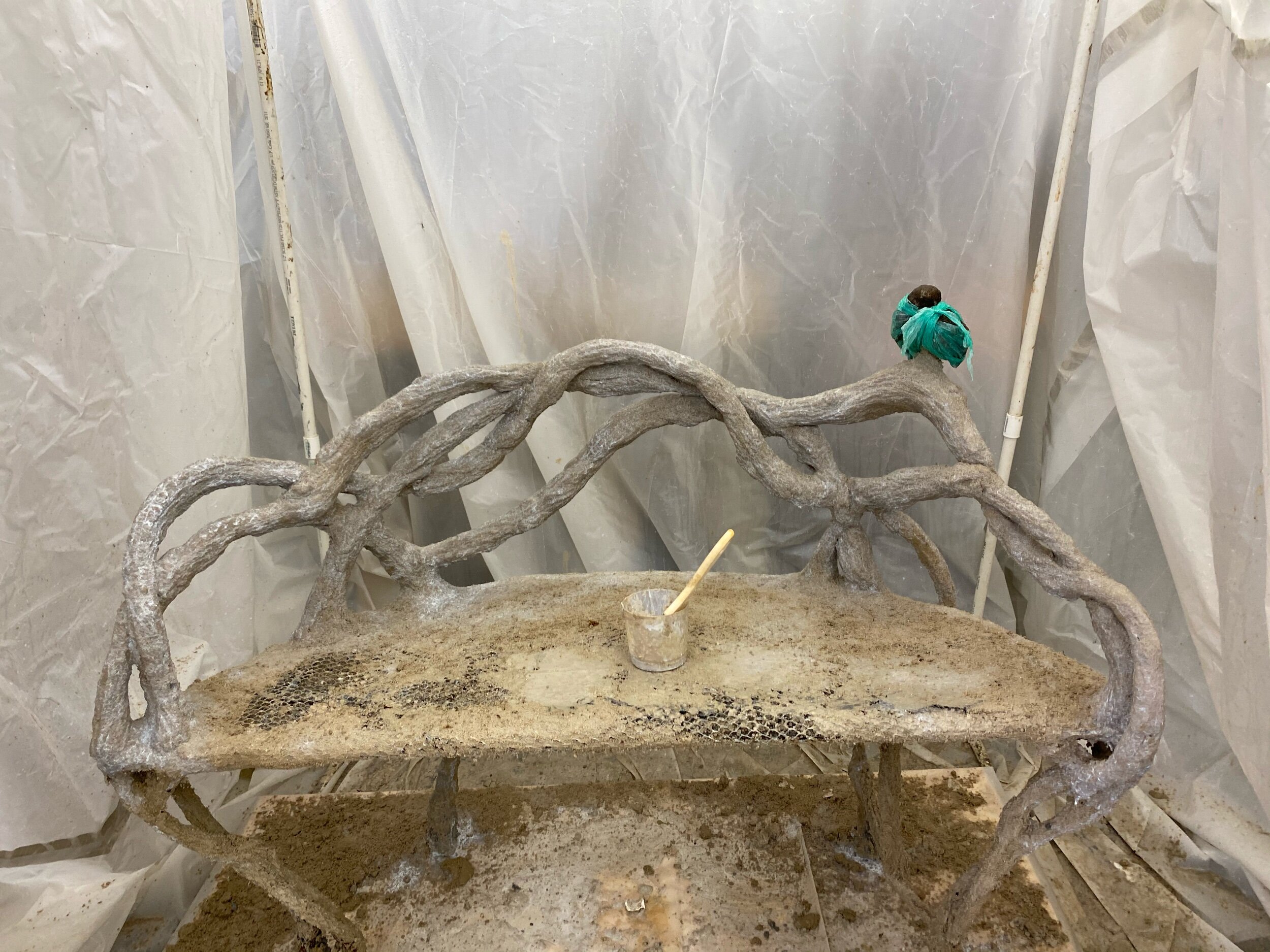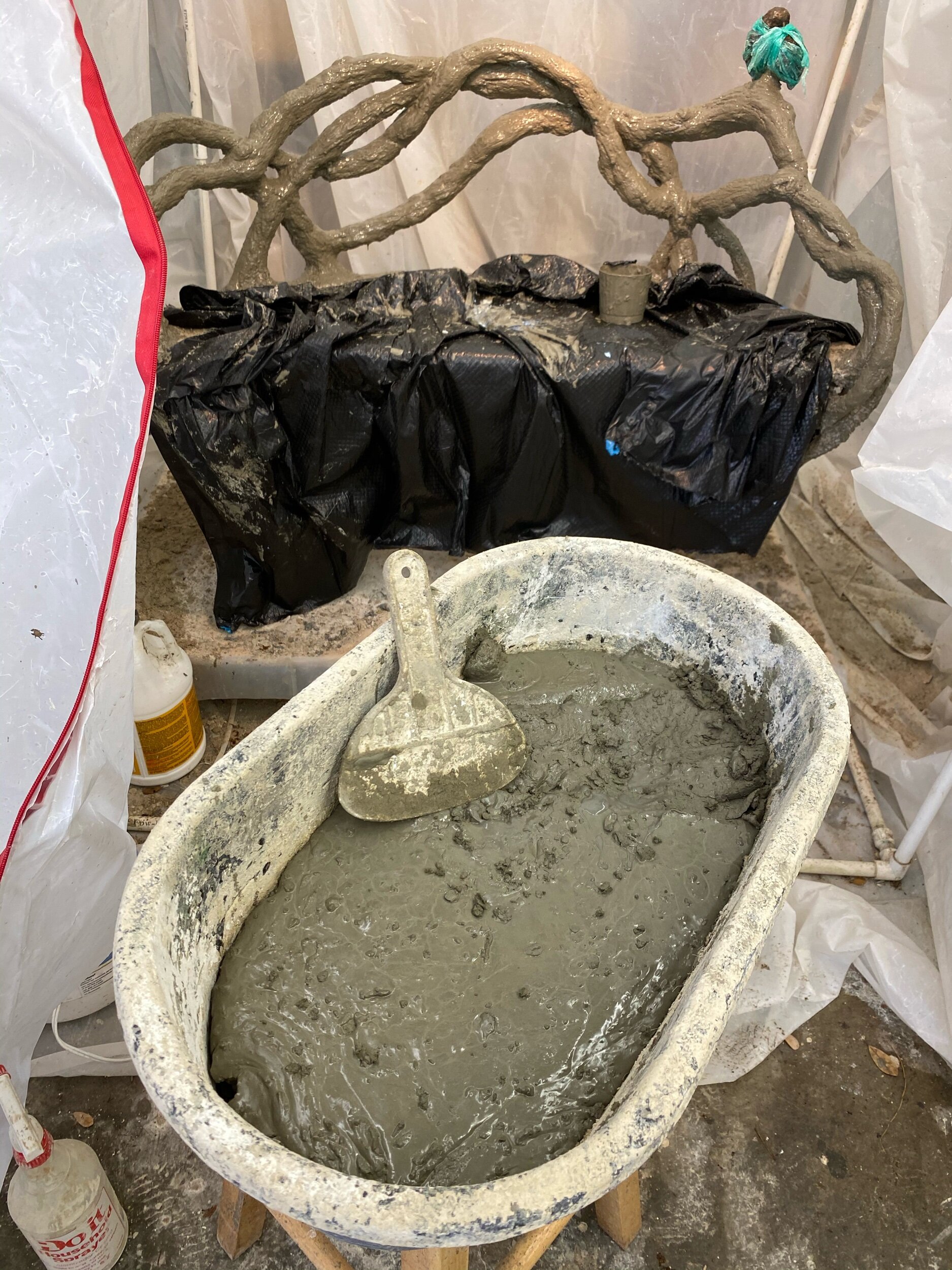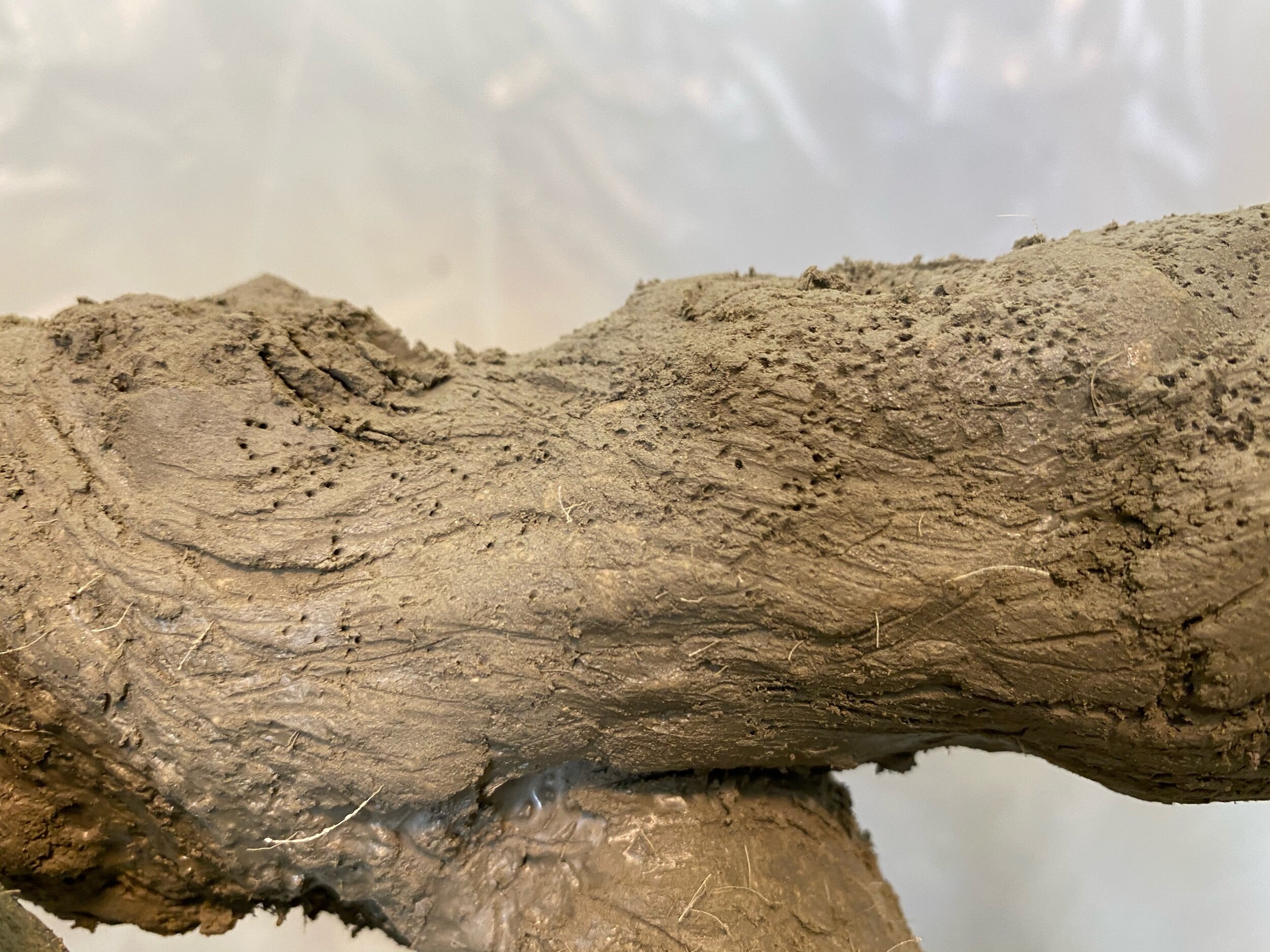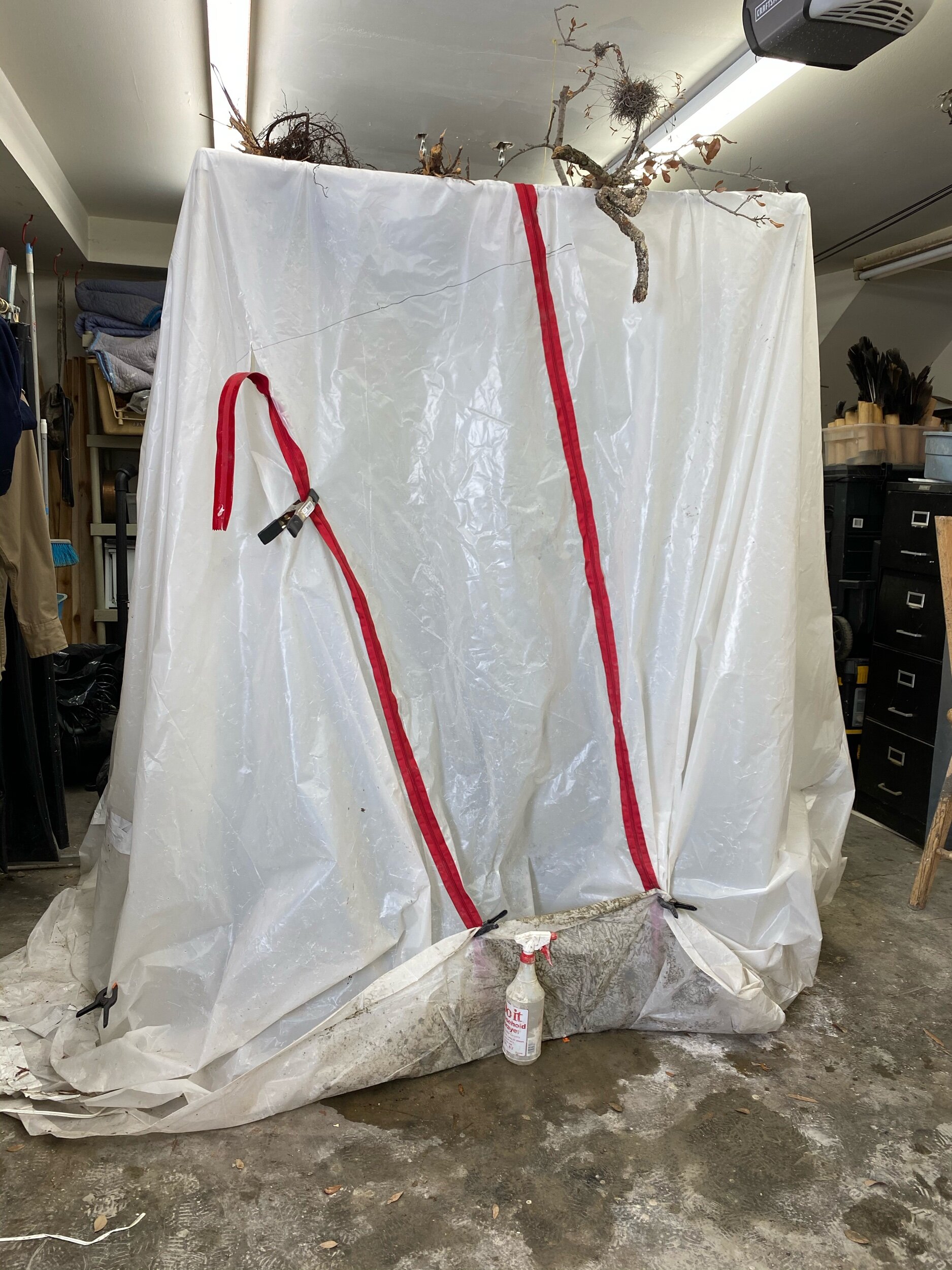In a moment of global uncertainty, I ask myself, what materials would I use to leave a message for future civilizations? As I think of artists who painted caves, of muralists from the past, of artifacts from ancient civilizations, I am curious about how we leave a mark. My answer is tied to the natural world: much of my previous work has been about conservation issues, looking specifically at bees, at waterways, at recovery from Hurricane Harvey, at bison and now, at grass. And so, if I were to write a message to the future, I would use grass to write it, and bison to carry the message.
Endangered Knowledge: The Soul of Humus
For this year's Sculpture Month, I propose a site-specific sculpture of a bison, made from a welded steel armature, a work of land art covered in topsoil and dried native grasses. This is part of a comprehensive installation that I am currently developing, which considers the role of the American bison within Houston's specific soil ecological history. The work is titled Endangered Knowledge: The Soul of Humus.
It is inspired by the words of M. Thomashow, who writes, "Record natural history to the collective memory so that it is no longer endangered knowledge." For several years, I have been researching grass-fed food production, attending soil conferences, and visiting regenerative ranches. Research in these fields show how to fight desertification and reverse climate change through regenerative agriculture practices. Interestingly, this natural history of living soil, how it evolved in the Houston Coastal Prairie, and its essential part within microbial communities in human health, is not common knowledge.
Description of Work
In the hide of a sculpture, I tell the narrative of soil health. My sculpture will record this endangered natural history through the dense coat of the powerful humus-built bison, that will be dripping in the armor of locally sourced dried native grasses and sedges, seeds, and pods. The male bison will be supported by a welded steel armature, covered in a stainless-steel lath. The bison's skin, made from these dried grasses, will be attached to the lath with a Houston mud composite. I propose the 11' long bison be exhibited in the center of a large grain silo, the bison in an actively grazing stance, head down in plow position, his hump rising robust and bushy out of his heavy forequarters to 6.5' tall. Lighted from inside the grain silo funnel, viewers can approach the bison and intimately inspect the diversity of the native plants implanted in its pelt.
Ecological History
Historically B. bison functioned as the first farm equipment. The grass seeds clinging to their burly coats were carried across the plains as they migrated north to south and back between seasons, like tractors up and down fields. Herds of tractors not green, but a rich brown harvested the plains with their appetites, each bite stimulating new root growth. The old roots withered into cavities that served as dwellings for a variety of keystone species, and became underground cisterns collecting floodwaters for drier seasons. Their coats dropped kernels and cuttings as the winds ruffled their beards and chaps, and when they took dirt baths in buffalo wallows dug with their horns. Massive roaming compostors, a single bison cow daily dumping 40 lbs. of fresh manure onto these seeds and drilling them into the earth with their spade-like hooves, sprinkling them with the perfect prescription of nitrogen, phosphorus, and potassium-rich urine and then moving in a predator safe tight herd on to the next buffet. With time the newly sowed fields sprouted new growth of blades, stems, and leaves of countless shapes, sizes, and heights. This diversity of leaves fit like puzzle pieces into dense living solar blankets, harnessing carbon from the air and returning it as sugars to feed the dynamic root microbiomes below the earth’s skin. The complicated relationship between the soil microbiome and the human intestinal microbiome is one of the most dynamic topics in biomedical research. Flocks of birds mutualistically
living off the pests harbored on the bison followed the herds, drinking from and bathing in rainwaters that collected in the bison wallows, building their nests from clumps of bison fur. Recent studies show the fur provides a health benefit to unborn chicks. Bird and butterfly habitats were abundant when the bison roamed.
Relevance
Global warming, food security, drought/flooding, wildlife habitats, economic instability, and health – these problems are not new to humankind. The archeology of ancient civilizations has recorded connections between the longevity of civilizations and the health of their soil. The United Nations reported in 2014 that the world's topsoil would only last 60 more growing seasons. Soil scientists around the globe agree that solutions to these issues are rooted in our treatment of soil—the skin that covers our planet.
Message to the Future
The armor that protects the epidermis in the Gulf Coast prairie is grass. The animal whose population peaked at 30 million, is B. Bison. Combine native grasses with ruminants and the grasslands decompose into rich organic matter; for every 1% increase per acre of biological organic material, the soil can hold an additional 20,000 gallons of water. Restoring native prairie vegetation decreases water runoff and flooding, increasing soil absorption of water and slowing floodwaters on land. With extreme building practices and concrete hardscaping, reimagining the landscape of Houston's 600 square miles of real estate can make a significant impact on the region’s flooding. The prairie grasses' roots can extend from eight to fourteen feet deep: these roots sequester carbon like an upside-down rainforest. Changing our agricultural practices is an important step towards turning global warming right side up. Telling the dynamic story about these relationships between the grazing herds, the living soil, and finding ways to reimagine urban landscapes and agricultural practices in holistic and regenerative ways are the center of my current research and sculptural practice.
The impact of the bison on sustaining topsoil—and, therefore, life—need not be Endangered Knowledge. The role bison play within the prairie ecosystem—their ability to increase photosynthesis, reduce competition for water, and regenerate depleted, unsalvageable, lifeless prairies back to productive and bountiful, nutrient-producing land and wildlife habitats—needs to be carved into our modern systems. Recording this Endangered Knowledge into the consciousness of humankind will stimulate grassroots efforts and stop the cultivation of soil depletion and return the natural process to the treatment of the skin of our planet. A Parietal artist in 2020, I will use grass to record the Soul of Humus so that it will no longer be Endangered Knowledge.
Additional work
Soul of Humus will be the first piece in my Endangered Knowledge body of work. The complete body of work will eventually consist of the following sculptures: 4 pedestal-shaped sculptures of roots and soil, measuring approximately 12" X 12" X 36"; installations made from native grasses and their roots (size and number to be determined); 1-5 bronze castings of bison dung with their spade-shaped hoof prints, dung beetles, and mushrooms. I am also currently in conversation with a bison rancher to secure a bison heart to float in a glass case of formaldehyde: the bison, the largest mammal of the western continent, is the heart of our soil diversity, it is the western symbol of a healthy planet. The health and longevity of civilization, as we know it, is dependent on finding ways to mimic the natural process stampeded into the bayous of Houston. In this sculptural series, I look closely at the components of this process and the environmental interrelationships unique to the Houston area and world health.
Footnote-
Bison vs Buffalo which name is correct? The common name Buffalo has been widely used, since early settlers were naming them as their European and Asian counterparts. The correct name of the last American surviving bison is B. Bison.
Further Reading and information –
- Allan Savory on how to fight desertification and reverse climate change
- Soil as Carbon Storehouse: New Weapon in Climate Fight? - Yale E360
- A Prehistory of Houston and Southeast Texas,– D. Worrall, coming fall 2020
- Can Livestock Grazing Stop Desertification?
https://www.scientificamerican.com/article/can-livestock-grazing-stop-desertification/
- Dirt: The Erosion of Civilizations, by David R. Montgomery
- Soil Biology and Land Management https://www.nrcs.usda.gov/Internet/FSE_DOCUMENTS/nrcs142p2_052489.pdf
- Bison Eating Habits
- Wildlife that Depend on Bison
Sample Work and Visual Support Materials for Proposed Sculpture
Two small sculptures that are made with the same structure, process, and made with native plants-
The bison will be furrier than these small birds are and would be dripping in a thick coat of textured dried grasses.










